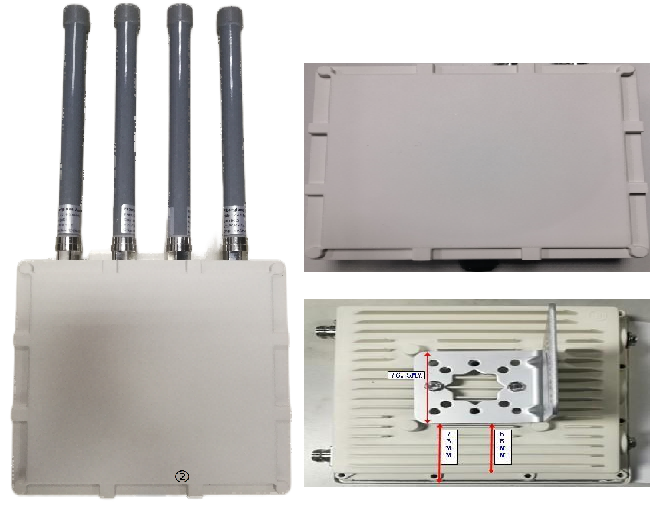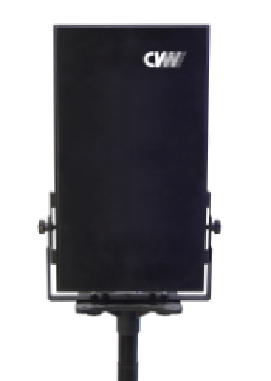Wireless Video HDMI&SDI transmitter and receiver kits can be a good option for avoiding messy HDMI&SDI cables running around the filming sites, especially for easily tripping people as they pass by. With a wireless video HDMI&SDI transmitter and receiver kit, you have the freedom to place your camera within a wide range. No matter where you are indoor or outdoor.
Now let’s dive into some information on wired and wireless video HDMI&SDI connections, and then look specifically at how transmitters and receivers work with the wireless system.
What is HDMI&SDI used for?
HDMI&SDI cables connect transmitters to video source devices, such as PTZ camera, mirrorless camera, etc. They allow you to transmit audio or video data from the video source device so that it displays on your monitor.
Wired vs. Wireless Video HDMI&SDI
The primary differences between wired and wireless video HDMI&SDI have to keep tidy site with aesthetics, very good to shoot the film or do the live stream.
Both are capable of high quality video and audio transmissions.
Wired HDMI&SDI involves a direct, wired connection between your video source devices and your monitor using an HDMI or SDI cable. However, the cabling can become unsightly on site, where messy cables dangle from the camera to the director monitor.
Wireless Video HDMI&SDI transmits HD video and audio from video source devices to a monitor using transmitters and receivers. The set-up is simple, and this approach offers a lot more freedom in terms of where you can move your camera within a wide range.
How Transmitters and Receivers work
The HDMI&SDI video transmitter and receiver work together, and they do different things.
A transmitter wirelessly sends a video signal stream.
A receiver receives the video signal and streams it to your monitor.
It really is as easy as that.
Transmitter – The wireless video HDMI&SDI transmitter connects to the video source device. Typically this is a PTZ camera, mirrorless camera, etc. The transmitter then sends a wireless signal from your video source device to the receiver.
Receiver – The receiver connects to your monitor. It then wirelessly receives the video data stream from the transmitter up to a 500-meter away and displays it on the monitor. As a result, you can have your monitor freely to far away the shooting site within a wireless video transmission range.
How to Setup a Wireless Video HDMI Kits
Setting up a wireless video HDMI&SDI kit is simple. You connect a transmitter to a video source device and a receiver to your monitor or other display. Your transmitter then wirelessly sends the video stream to the receiver.
Setting up the Transmitter:
· Select the Video Source Device (camera or other media player) from which you wish to transmit a signal to your monitor.
· Using a short HDMI&SDI cable, connect your Video Source Device to the transmitter.
· Power the transmitter with an NP-F series battery or a V-mount battery.
Setting up the Receiver:
· Using a short HDMI&SDI cable, connect your monitor to the receiver.
· Plug the receiver power supply in to a power outlet or power it with a V-mount battery.
· Once all devices are powered on and the video source device’s input is set to the appropriate HDMI&SDI connection, you are ready to stream or shoot away!

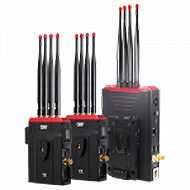 Multi-camera wireless video transmission
Multi-camera wireless video transmission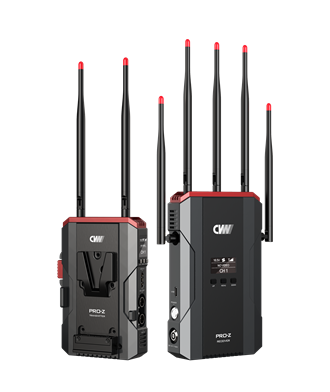 Zero Latency Wireless Video Transmission
Zero Latency Wireless Video Transmission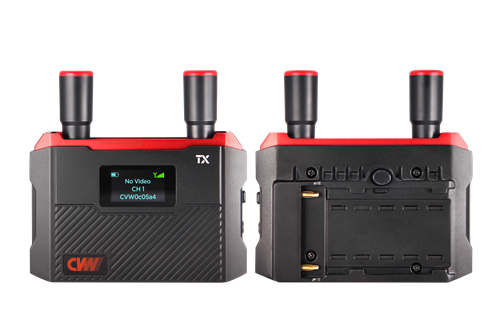
 Designed for teleoperating the heavy equipment
Designed for teleoperating the heavy equipment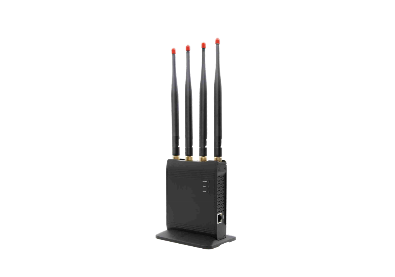 Wireless high-speed data transmission
Wireless high-speed data transmission